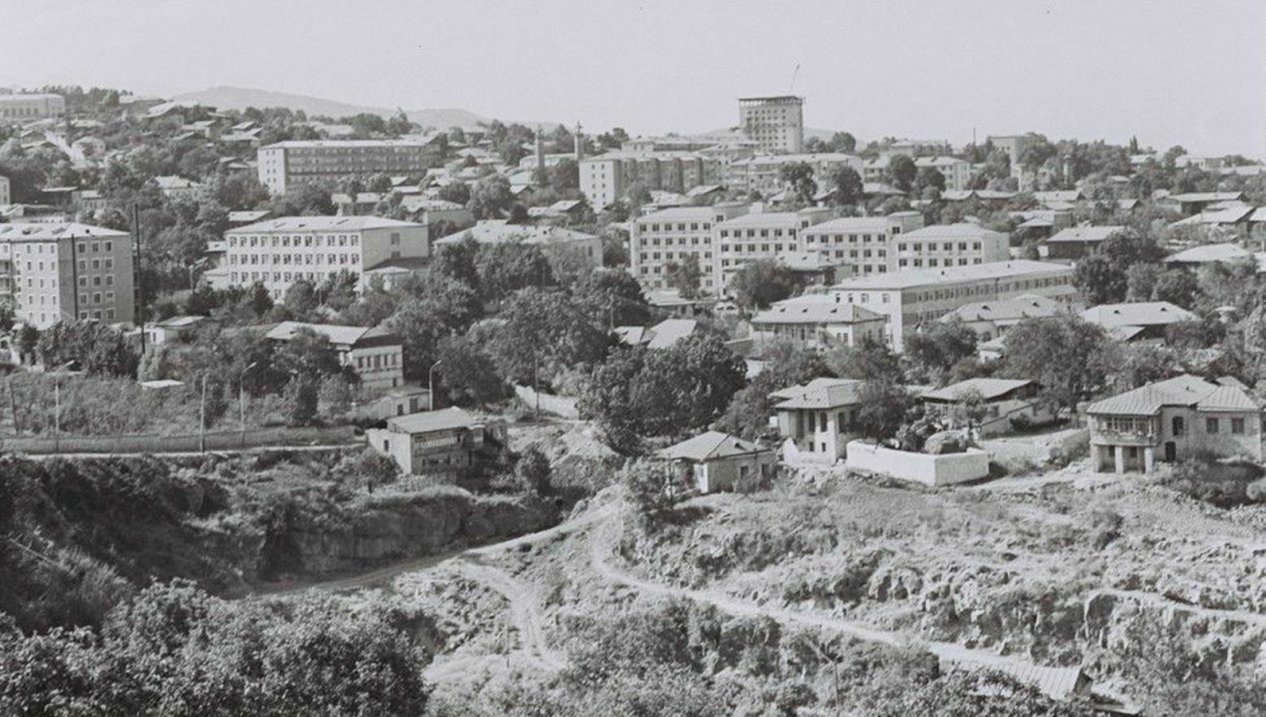
The Russian website Lenta.ru has recently published an article entitled "One hundred years ago, Karabakh was officially transferred to Azerbaijan. How did this lead to a protracted war?"
The publication writes that “exactly one hundred years ago, in 1923, Nagorno-Karabakh officially received the status of an autonomous region within the Azerbaijan SSR. The conflict around these territories smoldered for centuries, but under the conditions of revolution and civil war, it turned into a hot phase, and for several years the blood of Armenians and Azerbaijanis was shed in the region. The Soviet government, having subjugated the Transcaucasus, since 1921 transferred the disputed lands into the possession of the Azerbaijanis... On May 2, 1921, at the plenum of the Caucasian Bureau of the RCP (b), it was decided to create a commission of representatives of the Transcaucasian republics, chaired by Sergei Kirov, to determine the boundaries between the Soviet republics of Transcaucasia. While the commission was working, small uprisings of nationalists began in a number of Armenian-populated areas, which, however, had the prospect of seriously expanding, since many refugees from the territory of neighboring Türkiye lived in Soviet Armenia, who had no means of existence and capable of becoming a base for an uprising.
Despite that initially the commission was inclined to transfer Karabakh to Armenia, by the personal decision of Joseph Stalin, the region became part of Azerbaijan, "based on the need for national peace between Muslims and Armenians." At the same time, the allied leadership insisted that the Karabakh Armenians should be given broad autonomy.
"The biggest achievement we have in this area is that we have resolved the so-called Karabakh issue. We finally settled this issue and, undoubtedly, did the right thing. There is no doubt that we will not have to re-solve this issue,” said Sergei Kirov, then the first secretary of the Central Committee of the Communist Party of Azerbaijan.
Faktyoxla Lab. has tried to figure this out.
There is an archival document, the minutes of the meeting of the Caucasian Bureau of the Central Committee of the Russian Communist (Bolshevik) Party (RCP (B)) dated July 5, 1921. However, at the meeting it was decided not to give Nagorno-Karabakh to the Azerbaijan Soviet Socialist Republic, as Lenta.ru website claims, but to leave the region within its borders.
From the minutes of the meeting of the Plenum of the Caucasian Bureau of the Central Committee of the RCP B:
Those present: a member of the Central Committee of the RCP B Stalin, members of the Bureau: com. Ordzhonikidze, Kirov, Orakhelashvili, Figatner, Narimanov, Myasnikov, People's Commissar for Foreign Affairs of the AzSSR Huseynov.
Heard: comrade Ordzhonikidze and Nazaretyan raised the issue of revising the decision of the previous Plenum on Karabakh.
Taking into account the importance of national peace between Muslims and Armenians and taking into account the rather close economic ties of Upper and Lower Karabakh with Azerbaijan, leave Nagorno-Karabakh as part of the AzSSR with the provision of broad regional autonomy to it with the Administrative center of the city of Shusha, which remains part of the Autonomous Region. 4 votes in favour, 3 abstentions.
Instruct the Central Committee of Azerbaijan to determine the boundaries of the Autonomous Oblast with subsequent submission for approval by the Caucasian Bureau of the Central Committee of the RCP.
Instruct the Presidium of the Caucasus Bureau of the Central Committee of the Russian Communist Party to negotiate with the Central Committees of Azerbaijan and Armenia on a candidate for the Emergency Committee of Nagorno-Karabakh.
The Central Committee of Azerbaijan to determine the scope of autonomy for Nagorno-Karabakh and submit it for approval to the Caucasian Bureau of the Central Committee.
The attached photo of the document shows all the details of this decision.
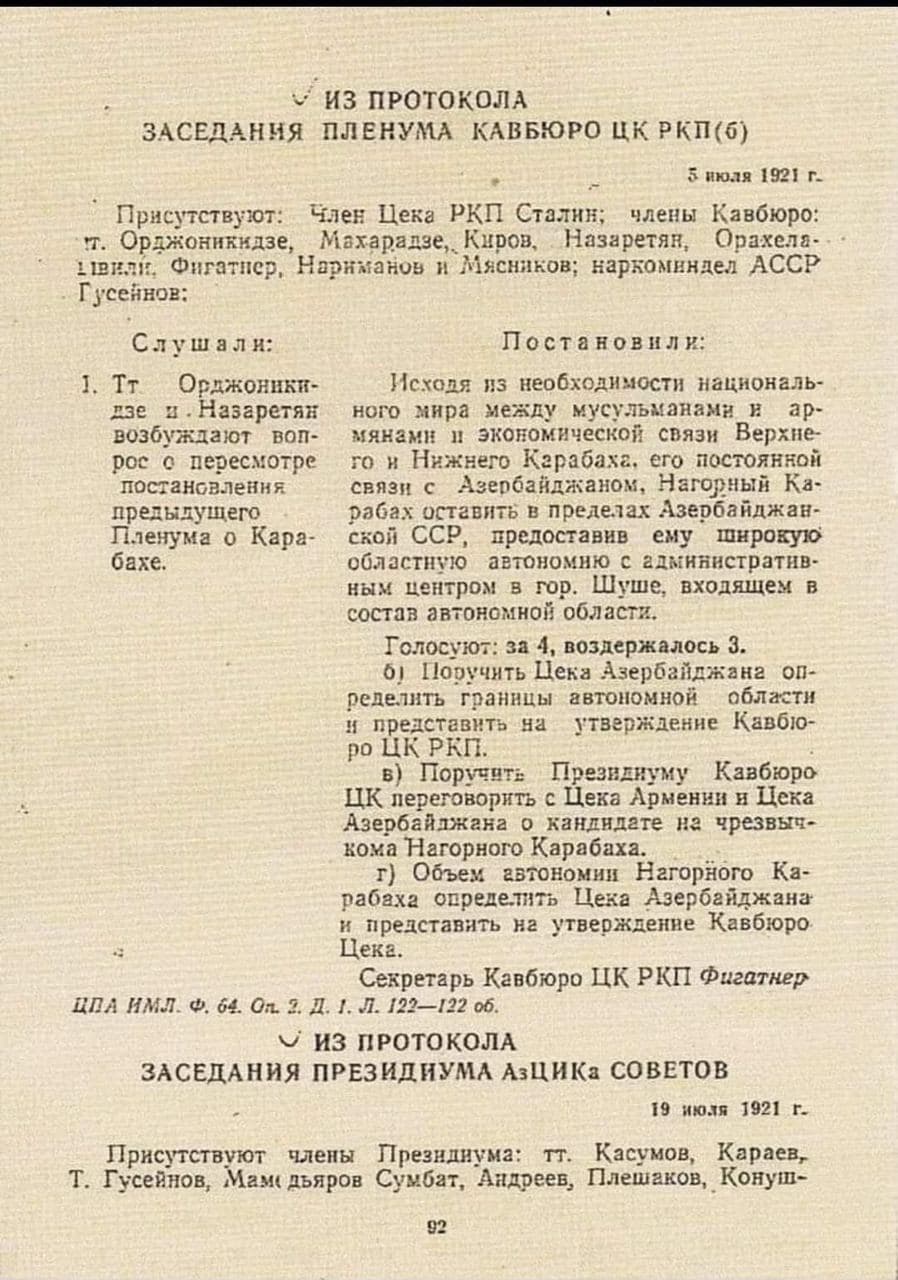
Autonomy was granted to Nagorno-Karabakh two years later. So, on July 7, 1923, the Central Executive Committee of the Soviets of Azerbaijan issued a decree on the creation of the Nagorno-Karabakh Autonomous Oblast, signed by M.B. Gasimov and A.M.Khanbudagov. According to the decision, the Nagorno-Karabakh Autonomous Oblast (NKAO) was created in the mountainous part of Karabakh with Khankendi as the administrative center. In September 1923, the city of Khankendi was renamed Stepanakert in honor of the head of the "26 Baku Commissars" Stepan Shaumyan.
Obviously, these documents do not contain the slightest confirmation that Nagorno-Karabakh is part of Armenia. This is certainly a consequence of the fact that the geographical region of Nagorno-Karabakh has historically been the territory of Azerbaijan. To substantiate this opinion, it is enough to return to the history of the resettlement of Armenians in Nagorno-Karabakh.
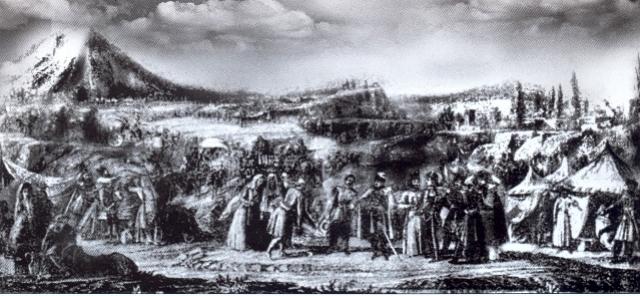
The resettlement of Armenians to the South Caucasus began in 1813 and 1828 after the signing of the Gulistan and Turkmanchay agreements between Russia and the Qajar state (Iran).
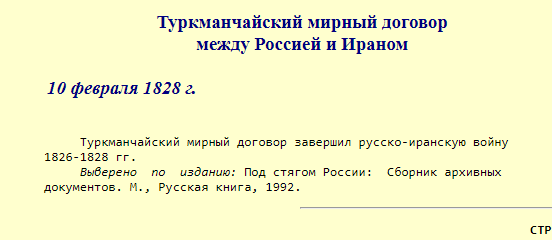
It is the XV point of the "Turkmanchay Treaty" that provides for and conditions the resettlement of Armenians.
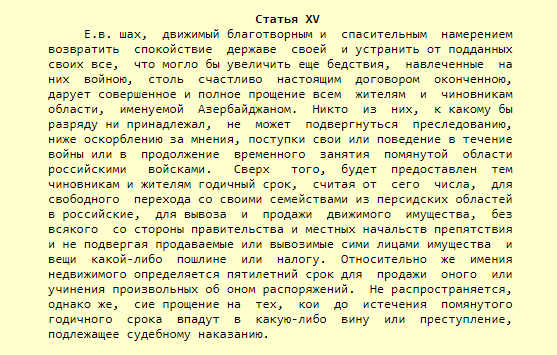
Thanks to this article of the document, 40,000-50,000 Armenians moved to the South Caucasus from Iran, and about 90,000 people from Turkiye.
Let’s note the role in these events of the then Ambassador of the Russian Empire in Tehran, Alexander Griboyedov.

The process of resettlement of Armenians from Iran to the current capital of Armenia Yerevan (Irevan), as well as to Nakhchivan and Karabakh was fully implemented thanks to his recommendations.

The process of resettlement of Armenians from South Azerbaijan as part of Persia to the territory of the Russian Empire in North Azerbaijan is clearly seen in the travel notes of Griboyedov himself. The mention in them of the fact that “most of the Armenians are settled in the territories belonging to Muslim landowners” does not leave a chance to deny the fact that the Armenians are an alien, resettled people in Karabakh.
In turn, the “Kurekchay Treaty” of 1805, concluded between the Russian Empire and the Karabakh Khanate, is another proof that the Armenians have nothing to do with the Karabakh region.
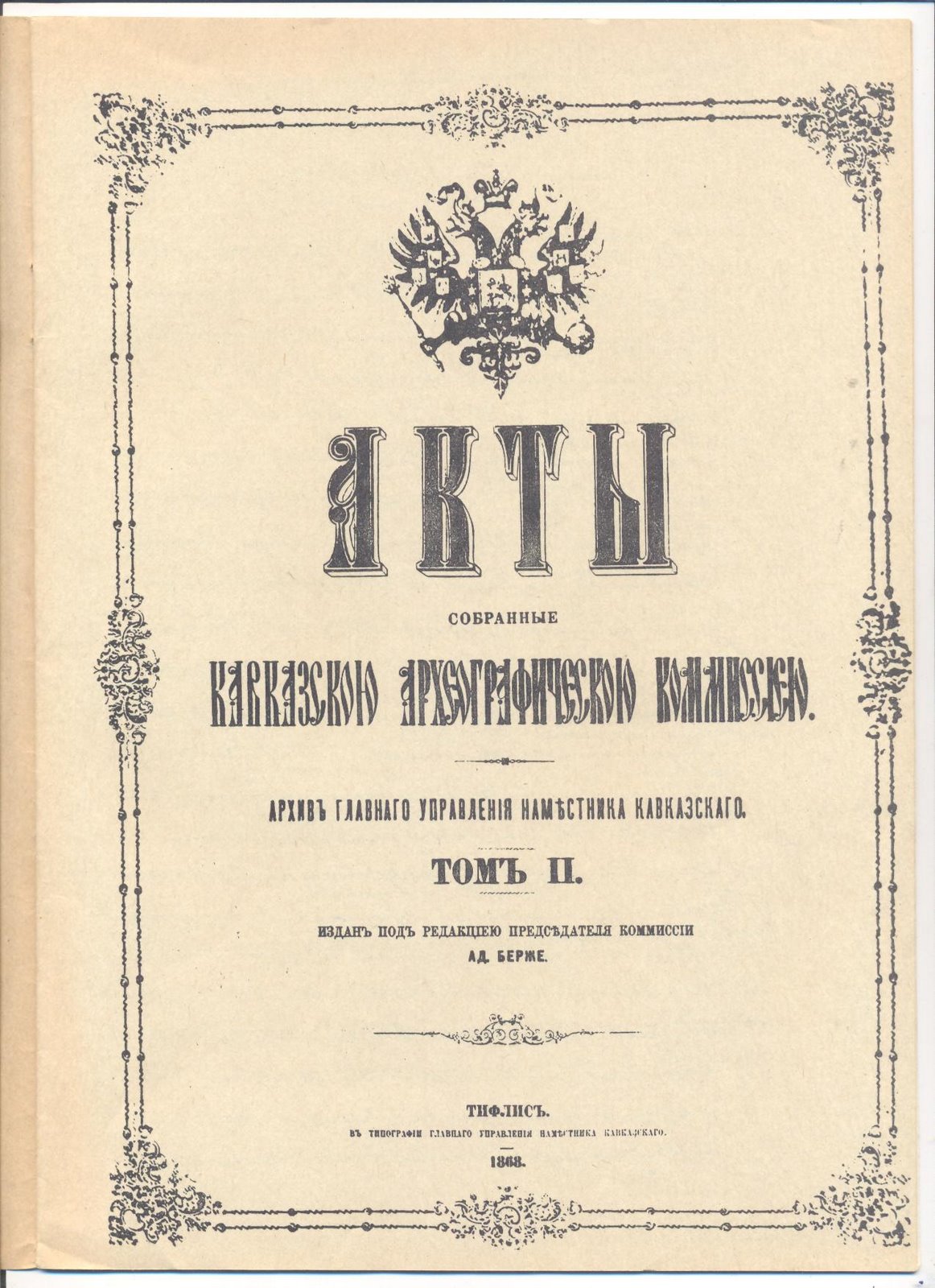
There is absence of any mention of the Armenians in this document, which consists of 11 points, although some Armenian politicians and scientists, contrary to historical facts, are trying to present the annexation of Karabakh to Russia as an entry into its composition of the “Armenian province”.
On the basis of historical documents, we come to the conclusion that the narrative of Lenta.ru website about the transfer of Nagorno-Karabakh to Azerbaijan is completely unfounded.




















